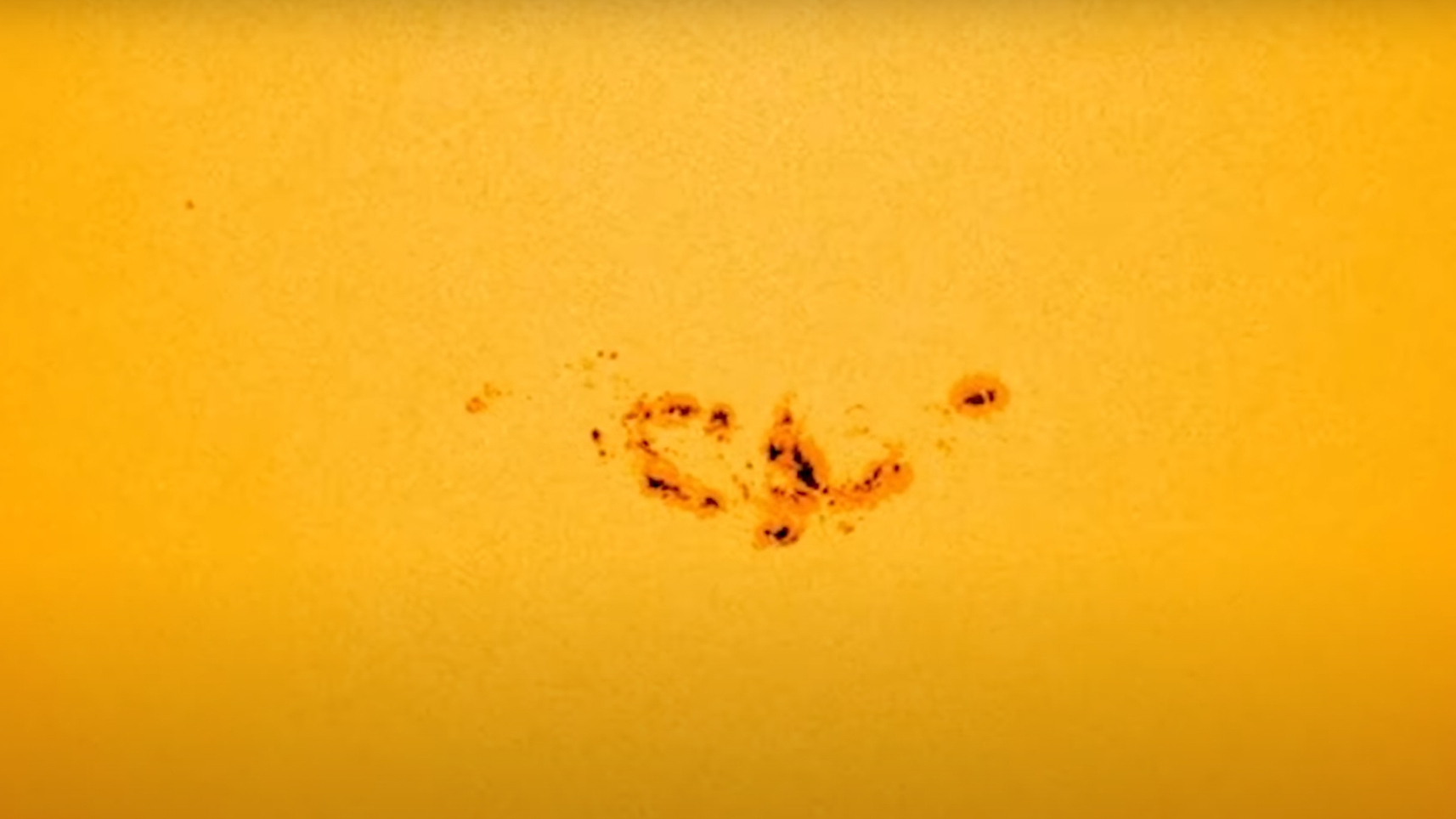
If there were a Page Six for what's going on in space, the sunspot region AR3664 would definitely be one of the biggest "stars" highlighted.
Over the past few days, the region has grown to be roughly 124,300 miles (200,000 kilometers) wide — more than 15 times the diameter of Earth. You can see this dramatic evolution in a new time-lapse video, which consists of imagery gathered by NASA's Solar Dynamics Observatory spacecraft.
And AR3664 is active as well as enormous: It keeps firing off powerful solar flares and coronal mass ejections (CMEs), some of which could hit Earth and ramp up our auroras this weekend.
Related: 4 large incoming solar bursts could supercharge the auroras this weekend
Sunspots are dark patches on the solar surface where the magnetic field is abnormally strong — about 2,500 times stronger than that of Earth, according to the U.S. National Oceanic and Atmospheric Administration's (NOAA) National Weather Service.
Sunspots typically are about the size of Earth, but some, like AR3664, can become even more gigantic. The larger the region gets, the bigger the increase in magnetic complexity and threat of additional solar flares.
And here's an interesting fact about AR3664: According to spaceweather.com, it's currently about the same size as the sunspot linked to the Carrington event of 1859, the most powerful geomagnetic storm ever recorded on Earth.
The current forecast discussion from NOAA's Space Weather Prediction Center continues to keep an eye on the growing region to monitor for further activity. Scientists expect solar activity to stay elevated into Mother's Day weekend and suspect that AR3664 could erupt with more flares and CMEs.
And one more thing: AR3664 is so large that you might even be able to spot it without the aid of binoculars or a telescope. But be sure to use eye protection if you try — like the eclipse glasses you used to see last month's epic total solar eclipse.







